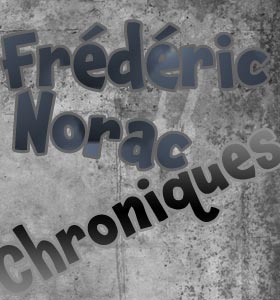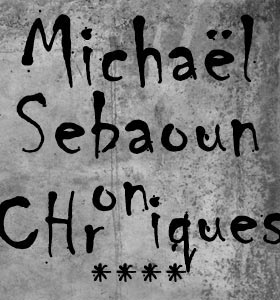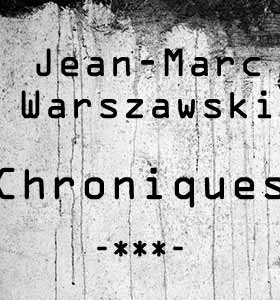Johann Sebastian Bach : The Inventions BWV 772 - 786

We would be right to ask ourselves about the necessity to publish a new edition of J.S.Bach’s Inventions. Indeed, a great majority of the editions we can find underline the aspect of interpretation as an introduction to the execution of The Well Tempered Clavier. But Bach, in his foreword to these Inventions, explains that they should also be seen as a “first approach” to composition.
This too often neglected aspect will be the object of the present edition : an analysis of the writing in relation with the criteria used in the eighteenth century. This analysis will then lead to a better reading and understanding of The Well- Tempered Clavier.
We can indeed find all the contrapuntal techniques used by Bach – except augmentation and diminution – in this collection, wrongly locked in the confined circle of the Music Schools.
The Inventions are less easy to analyse than the fugues because they are much more concise, so we need to master all the techniques used by Bach in his many works to understand and bring to the fore the links with all his compositions.
The criteria of analysis of Bach’s fugues according to the conceptions of his time underscore a polythematic vision leading to unity of thought and consistency. On the other hand, a traditional monothematic analysis will only result to a series of exceptions, and will inevitably miss the point.
J.S.Bach’s music praises a multithematic vision. This is why we choose to present a coloured edition. This coloured presentation of the various themes enables us to immediately visualize the proportion they have in each work, its structure and its complexity.
As for the edition itself, this is no urtext edition, but it is rather viewed as a comeback to a didactical tradition that has been perpetuated since the beginnings of the twentieth century, and that is centred on counterpoint. The settings are due to the particularities of the project. Each work will have a technical card presenting a legend for the colours and a short commentary underscoring the strong elements of the composition.
These cards are written in order to put forward the presence of the subjects, using a comparison with one or several other works of Bach, in which similar techniques have been used.
The proper analysis offers us an authentic rereading of J.S.Bach’s Inventions. Of course, a debate about some details, for instance concerning the sections in which the themes are not fully stated, remains open. But the framework of each piece is clearly defined.
This sort of analysis enables the reader to apprehend Bach’s work with a new philosophy that is more complex, more elaborated, ant that gives a meaning to this fullness that penetrates us while listening to his music.
File in PDF format (6 Mo), sent by email upon receipt of payment 15,00 €.
On sale in musicologie.org
All the publications of Claude Charlier
The Well-Tempered Clavier I, BWV 846-869. A coloured edition, analysed and defended according to the criteria that were in use during the eighteenth century. Structural analysis.
The Well-Tempered Clavier II, BWV 870-893. A coloured edition, analysed and defended according to the criteria that were in use during the eighteenth century. Structural analysis.
The Art of the Fugue (BWV 1080), Transcription of the Four-Part Counterpoints using treble and bass Clefs, for the organ, by Claude Charlier.
The Art of Fugue (BWV 1080), Transcriptions of the Conterpoints for two Pianos or Piano four hands, by Claude Chartier.
The Art of Fugue (BWV 1080), Transcription of the four-part Counterpoints, using treble and bass clefs, "For the mind and for the eyes". Structural analysis. Éditions Bach en Couleur 2018.
All the publications of Claude Charlier.
© musicologie.org




 À propos - contact |
S'abonner au bulletin
| Biographies de musiciens | Encyclopédie musicale | Articles et études | La petite bibliothèque | Analyses musicales | Nouveaux livres | Nouveaux disques | Agenda | Petites annonces | Téléchargements | Presse internationale | Colloques & conférences | Collaborations éditoriales | Soutenir musicologie.org.
À propos - contact |
S'abonner au bulletin
| Biographies de musiciens | Encyclopédie musicale | Articles et études | La petite bibliothèque | Analyses musicales | Nouveaux livres | Nouveaux disques | Agenda | Petites annonces | Téléchargements | Presse internationale | Colloques & conférences | Collaborations éditoriales | Soutenir musicologie.org.
Musicologie.org, 56 rue de la Fédération, 93100 Montreuil, ☎ 06 06 61 73 41.
ISSN 2269-9910.

Dimanche 13 Avril, 2025

